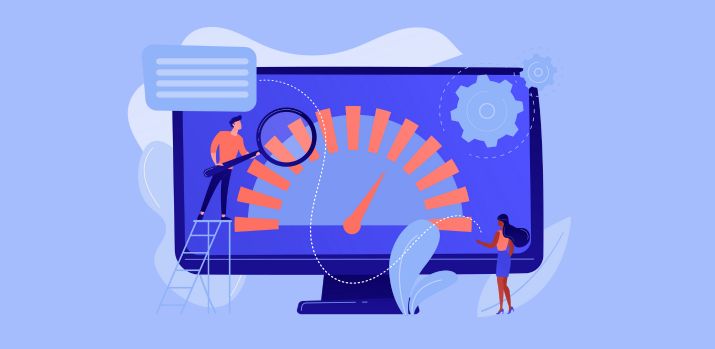Improving Website Performance: Tips for Faster Loading Times
In today’s fast-paced digital landscape, a website’s loading time plays a pivotal role in its success. Users have increasingly shorter attention spans, and they expect web pages to load quickly and seamlessly. Slow-loading websites can frustrate visitors, drive them away, and harm your online reputation. To ensure that your website provides an optimal user experience, it’s crucial to focus on improving its performance, particularly its loading times.
In this article, we’ll explore various tips and strategies to enhance your website’s speed and overall performance.
Optimize Images and Media
Images and media files are often the largest contributors to slow-loading web pages. To mitigate this issue, consider the following optimization techniques:
- Compress Images: Use image compression tools or plugins to reduce file sizes while maintaining acceptable quality.
- Choose the Right Format: Utilize modern image formats like WebP, which offer better compression without compromising quality.
- Lazy Loading: Implement lazy loading for images and videos, so they load only when they become visible to the user, reducing initial page load time.
Minimize HTTP Requests
Every element on a web page, such as images, scripts, stylesheets, and fonts, requires a separate HTTP request to load. Reducing the number of these requests can significantly improve loading times:
- Combine Files: Minimize HTTP requests by consolidating CSS and JavaScript files, reducing the number of requests needed to render a page.
- Use CSS Sprites: Combine small images into a single sprite sheet, reducing the number of image requests.
- Employ Asynchronous Loading: Load scripts asynchronously whenever possible to prevent blocking the rendering of the page.
Enable Browser Caching
Browser caching allows web browsers to store certain resources locally, enabling faster page loading for returning visitors:
- Set Cache Headers: Configure cache headers on your server to specify which resources can be cached and for how long.
- Utilize Content Delivery Networks (CDNs): CDNs store cached copies of your site’s assets on servers worldwide, reducing latency for users in different regions.
Opt for a Reliable Hosting Provider
Your choice of web hosting can significantly impact your website’s performance. Opt for a hosting provider that offers:
- Fast Servers: Ensure the hosting provider uses modern, high-speed servers.
- Content Delivery Network (CDN) Integration: Many hosting providers offer built-in CDN support for faster content delivery.
- Scalability: Choose a provider that allows you to easily scale resources to accommodate traffic spikes.
Minimize Third-Party Scripts
While third-party scripts, such as ads, social media widgets, and analytics tools, can enhance website functionality, they can also slow down your site:
- Prioritize Essential Scripts: Only include third-party scripts that are crucial for your website’s functionality.
- Async Loading: Load third-party scripts asynchronously to prevent them from blocking the main page content.
Implement Gzip Compression
Enabling Gzip compression on your web server can significantly reduce the size of transmitted data:
- Configure Gzip: Set up Gzip compression in your server’s configuration to compress HTML, CSS, JavaScript, and other text-based resources.
- Test Performance: Use online tools to assess your website’s Gzip compression effectiveness.
Optimize Mobile Performance
With the increasing use of mobile devices for web browsing, it’s essential to optimize your website for mobile users:
- Implement Responsive Design: Use responsive design principles to ensure your site adapts seamlessly to various screen sizes.
- Mobile-First Approach: Build your website with mobile performance as a priority, then enhance it for larger screens.
Conclusion
Website performance is a critical factor in attracting and retaining visitors. Slow-loading websites can lead to frustrated users and negatively impact your search engine rankings. By implementing the tips and strategies outlined in this article, you can significantly improve your website’s loading times and provide a better user experience.
Note: Regular monitoring and optimization will ensure that your website continues to perform at its best, keeping your audience engaged and satisfied.



